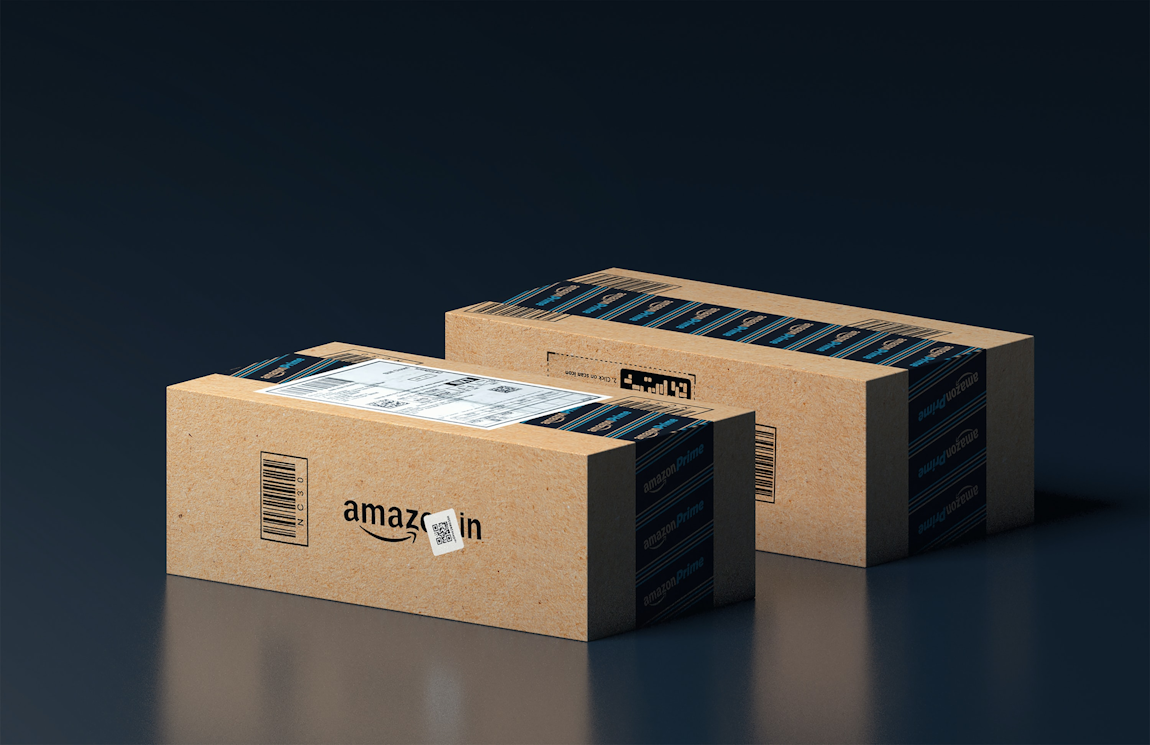We have seen new trends in ecommerce and logistics having major impacts on packaging. The rise in ecommerce created many new challenges as the product packaging must not only be top quality to protect the goods, but the delivery of the packaging also has to be punctual in order to avoid delays across the production plants and beyond.
Due to Covid-19, logistics and transportation industries were hampered in various ways across air, freight, and sea. Shipping and transports have been among those that have suffered the most significantly as lockdowns and strict measures made things much more complicated. Logistic companies were forced to adapt quickly to all the challenges in the global supply chain and this included reinforcing new packaging preferences.
So how do these logistic companies influence the requirements for packaging elsewhere? And does it have a further impact on the packaging shortages we are experiencing?
In this article, we will be exploring the different logistic companies and how they influence the requirements for packaging.




